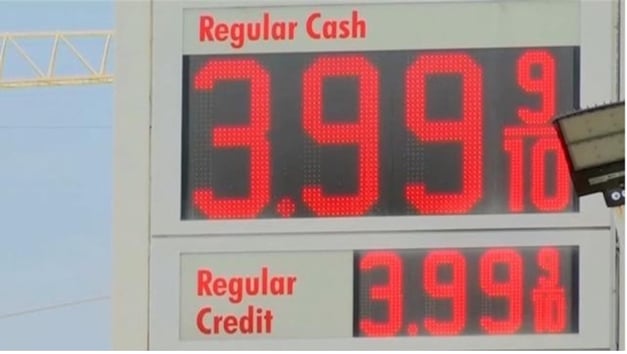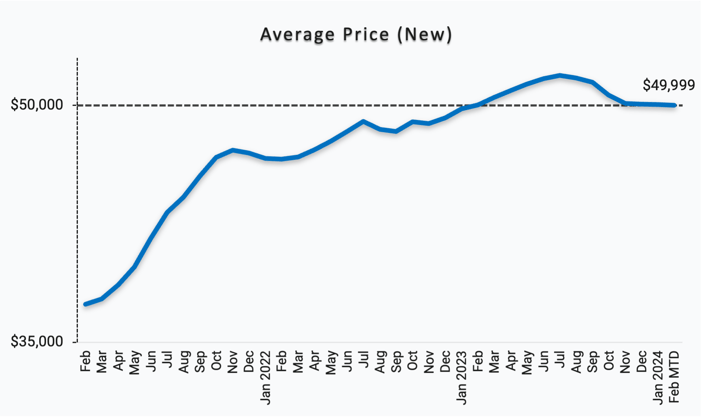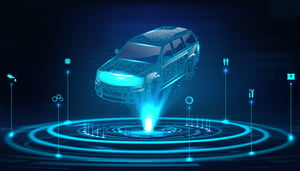Consider the meager penny. You can’t buy anything with just one anymore. You probably have a jar of them on a shelf somewhere, ignored and neglected, collecting nothing more than dust.
But the penny does have a place in the psychology of buyers and average new car prices. It is not a coincidence that gas stations around the country not only parse their prices by the penny but do so by the 10th of one. Fuel that costs $3.999 a gallon seems so much cheaper than $4.00, even though it is really not.

But these barometers play an essential role in helping consumers keep a finger on the pulse of how far their money is stretching, and how the economy is faring in general. Gas prices falling under $4.00 a gallon is newsworthy, and even a small change can act as a signal of bigger shifts and noteworthy trends—particularly if it crosses a psychological barrier.

Which brings me to the point of this blog post.
It is no secret that new vehicle prices have skyrocketed over the past three years. A historic inventory shortage caused by post-COVID supply chain disruptions, coupled with doggedly resilient demand in that same timeframe, resulted in marketed values going from $37,401 in February 2021 to $50,021 two years later. From there, prices continued to increase, hitting an all-time high of $51,887 in July 2023.
Since then, however, new vehicle inventories have increased by almost 800,000 units, and marketed prices have dropped. The age-old economics of supply and demand asserted themselves and values slowly ramped down, reaching $50,041 in January 2024.
So here we are in February, and that metric has dropped by another $42 to…
$49,999
While the price change is nominal from January, the market dynamic that it points to —increasing inventories, flat demand, declining turn rates, and increasing days-to-move—is not. The psychological barrier that this represents is as noteworthy and newsworthy as gas prices crossing the $4.00 a gallon barrier.
Oh, what a difference a dollar makes.






